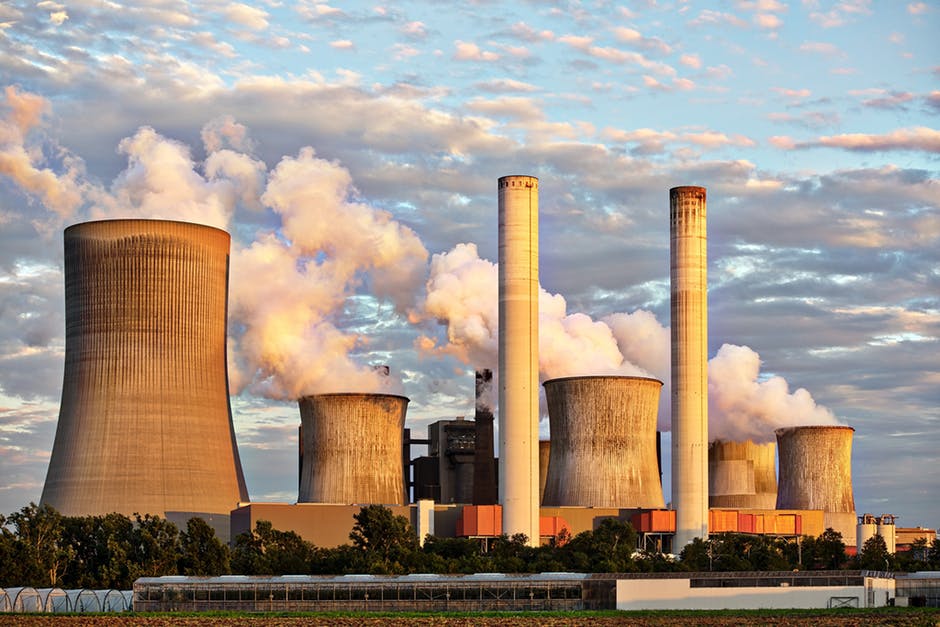
What can be done about climate change in the 21st century?
by Penny Meek
The terms ‘climate change’, ‘global warming’ ‘sustainability’ and ‘reduce, reuse, recycle’ will not be unfamiliar to anyone in the Western world; these issues have dominated political discourse about environmental issues since the publication of Limits to Growth in 1972, which was the first of its kind to use technology in order to map 21st century trends in economy, climate and resources. The study opened up a debate about the limits of the economy’s exponential growth that is causing the rapid depletion of the environment’s natural resources, and since then, radical green movements such as extinction rebellion and veganism have gained popularity across the globe. In 1979, Catton and Dunlap brought the emergence of environmental sociology, and with their acknowledgement of human dependence on the natural systems brought around a shift from an anthropocentric view of the world (the perspective that values the needs of humankind above all other elements of existence) to an ecocentric one (a nature-centred system of values). This new concern for climate change as part of a wider ecological crisis involving pollution, overfishing, deforestation, urbanisation and biodiversity loss brought about an Anthropocene; a new epoch in which Earth’s natural cycles became significantly altered by human activity.
Since the 1880s, there has been a 1.5℃ increase in global warming, approaching the 2℃ increase in warming expected to radically destabilise the biosphere – but what is causing this rapid accumulation of greenhouse gases in the atmosphere? Some environmental sociologists point to society’s increasing dependence on transportation, due to an increase in imports and exports, mobility of labour and affordability of foreign holidays, with 14% of greenhouse gases emissions being accounted for by carbon in transportation. Other explanations focus on the use of non-renewable, highly polluting fossil fuels such as coal, fuel oil or natural gas, which produce an estimated 21.3 billion tonnes of CO2 per year, with the use of sustainable energy being increasingly encouraged, for example, solar panels, wind turbines and hydroelectric energy sources. The Carbon Majors Report revealed that just 100 companies were responsible for 71% of global emissions and over half of the global industry´s emissions can be traced back to 25 entities. This is supported by Schnaiberg’s 1980 Treadmill of Production theory, which argues that producers are more influential than consumers in environmental degradation, resource exploitation and pollution, especially in developing countries where degradation occurs as a direct consequence of rising demand in developed countries. Consequently, under this argument, the drive to increase capitalist profits at the expense of the environment can only be prevented using government and international political intervention as consumers influence is inferior to that of producers. Potential government intervention that has already been implemented is the use of carbon trading, whereby companies are given permits on the amount of carbon they can produce, and if they produce below their allowed limit they can auction these permits to other companies for money, thus encouraging the use of environmentally efficient production methods and reducing the amount of carbon being produced by companies. Other government interventions to reduce carbon emissions could be the application of behavioural economics and ‘nudges’ (Thaler and Sunstein); for example, the use of red, orange and green smiley faces on energy use depending on how efficient consumers are in comparison to their neighbours, thus ‘nudging’ consumers into reducing their energy consumption through social norms.
But what can consumers themselves do to reduce their contribution to climate change? Some researchers argue that widespread adoption of a vegan diet could result in a 70% drop in greenhouse gases as animal agriculture is responsible for at least 14.5% of global greenhouse gas emissions, in particular, the creation of methane in beef and dairy production. Furthermore, animal agriculture spans across a multitude of environmental problems, such as land use (with a meat eater’s diet requiring 5 times as much land as a vegan diet) deforestation (livestock production is responsible for 70% of the Amazon deforestation) and water use (agriculture counts for 73% of the water footprint). Increased reliance on imports as a result of globalised capitalism has meant that consumers are heavily contributing to CO2 levels with the transportation of foreign foods; by buying local foods, consumers could significantly reduce their carbon footprint, in addition to reducing the indirect effect of global warming on developing countries who are heavily responsible for supplying products of these foreign foods. These consumer choices could be supported by government intervention and choice architecture in order to achieve the most optimal outcome. For example, Denmark’s consideration to implement a tax on red meat, subsidies for local producers of sustainable foods and having a vegetarian meal as a default option in schools and workplaces would encourage consumers and producers to behave more sustainably and reduce their contribution to global warming through reformist measures.

0 Comments